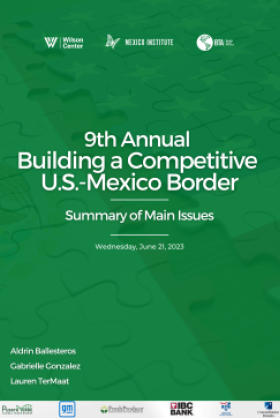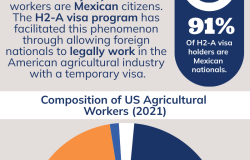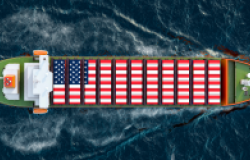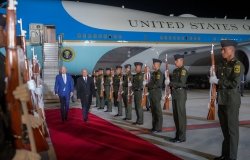NAFTA Round 3: Two Negotiations, But One is Running off the Rails
In trade negotiations, the sum of polar opposite views does not always yield a happy medium – especially when one side refuses to move and the other side won’t accept a deal worse than the status quo. This is the situation being reported by observers of the third round of NAFTA 2.0 negotiations.
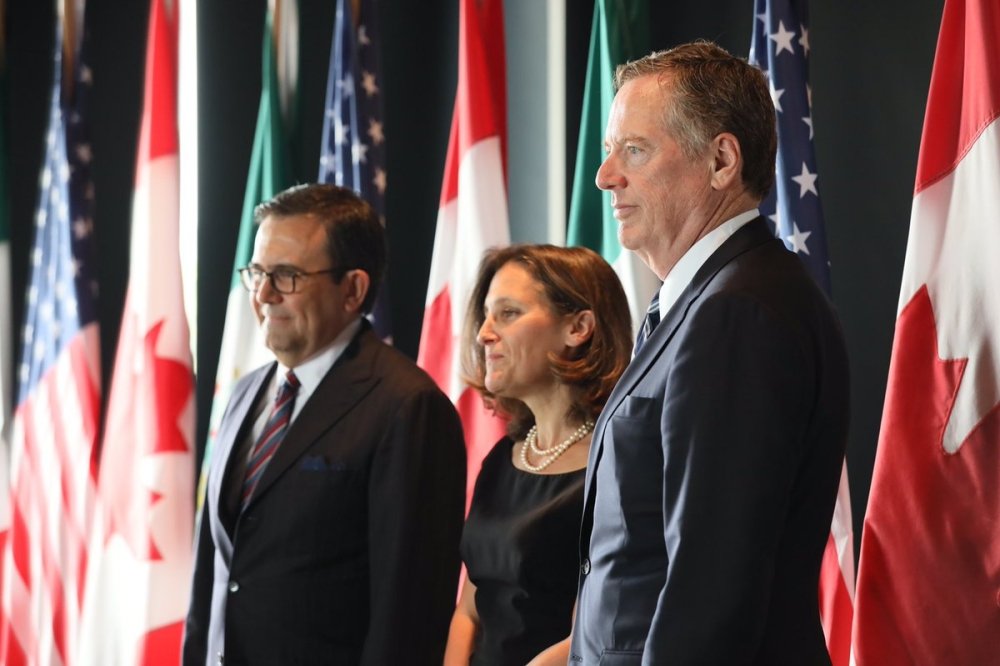
A version of our NAFTA Round 3 newsletter was also published by the Toronto Star.
In trade negotiations, the sum of polar opposite views does not always yield a happy medium – especially when one side refuses to move and the other side won’t accept a deal worse than the status quo. This is the situation being reported by observers of the third round of NAFTA 2.0 negotiations.
The negotiations have split into two separate tracks: one that is focused on modernizing and improving areas of common interest, and one that is characterized by differences so irreconcilable that they threaten to derail the negotiations.
The modernization track is streamlining customs clearances, digital modernization, regulatory alignment, and facilitating trade for small and medium-sized enterprises. Much of the easy consensus is the product of TPP text that has already been approved by the three parties. Ironically, these relatively non-contentious issues could deliver the biggest competitiveness gains to the North American economy. Border facilitation, e-commerce and regulatory alignment not only reduce transaction costs across the board, they make it easier for small traders to effectively compete in the market.
However, factions that seeks to dismantle the NAFTA are focused on advancing instruments of protectionism and turning back the clock to an era where might made right, and short term political gains were more important than investor stability, manufacturing efficiency, and regional comparative advantage. Some of the most problematic issues are:
- The proposed NAFTA sunset clause will dissolve the agreement after four years if U.S. expectations to reduce the trade deficit are not met. This will create terrible conditions for investors and producers whose livelihoods require predictability for decision-making.
- Dismantling investor protections against expropriation by a foreign government and eliminating the right of appeal against dumping claims similarly destabilizes the North American economy.
- The U.S. proposal on government procurement offers a deal much worse than the current NAFTA or WTO arrangements. Canada will not agree to this and Ontario Premier Wynne may be forced to make good on her threat to impose a Buy Ontario rule to block U.S. suppliers from Ontario government contracts.
- While there is room to update and improve these hot-button issues, U.S. negotiators are positioning their offers as take-it-or-leave-it. If so, Canada and Mexico may have no choice but to leave the negotiations, opening up the possibility that President Trump will launch formal withdrawal procedures. If this occurs, officials in Canada and Mexico will work with U.S. allies on strategies to block or delay a full U.S. withdrawal from the agreement.
In addition to the challenge of delivering a presidential trade agenda that promises to leave the NAFTA shaken and stirred, USTR is coping with new Congressional trade promotion authority measures. These are intended to create greater transparency and encourage inter-agency consensus and buy-in from legislators, but instead the process is adding sand to the gears.
In theory, having proposed text vetted by responsible agencies and legislators seems like a very good idea. The reality, however, is that with only a week or two between negotiating rounds, U.S. personnel have not been able to get text and revisions cleared fast enough. Insufficient staffing of key senior positions means that differences are kicked up the ladder to the Secretary level. Add to this the extra demand of generating new legal text for subjects such as trade deficits or currency imbalances that are not traditional trade agreement subjects. Consequently, the U.S. has not been able to supply much approved text on blockbuster issues, even though we are nearly halfway through the scheduled rounds.
A predictable side-effect of the U.S. get-tough agenda is that new actions to protect one sector are likely to provoke retaliation and/or negatively affect market conditions for other U.S. sectors. Thus, the proposal for new safeguards to protect Florida tomatoes from losing market share when Mexican tomatoes come in season (and are priced lower) could trigger retaliatory action by Canada and Mexico against Washington state growers during apple and pear season. Domestically, higher local content requirements favored by the U.S. textile industry make product inputs more expensive for U.S. garment manufacturers. The NAFTA house of cards has been carefully constructed over 23 years to create a tolerable balance of liberalization and protectionism. Knocking out entire sections affects the whole system in predictable and unpredictable ways.
Make no mistake, Canada’s negotiators are not motivated by altruistic intent and many of their positions make little economic sense. Dairy protectionism remains a national religion and a web of non-tariff barriers limits opportunities for U.S. beer, wine and grains (not to mention investment in telecommunications, financial services, and cultural industries). But the basic principle of trade agreements, enshrined in the 1948 GATT, is to lock down a base line of liberalization and to gradually whittle down the politically sensitive or difficult issues over time. This approach reins in the worst excesses of governments trying to intervene in markets and lets business do business. A return to aggressive intervention pits one sector against another and leaves everyone worse off.
About the Author

Laura Dawson
Executive Director, Future Borders Coalition

Canada Institute
The mission of the Wilson Center's Canada Institute is to raise the level of knowledge of Canada in the United States, particularly within the Washington, DC policy community. Research projects, initiatives, podcasts, and publications cover contemporary Canada, US-Canadian relations, North American political economy, and Canada's global role as it intersects with US national interests. Read more




